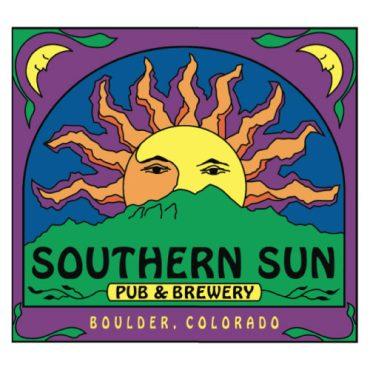“It’s just really harming to what we are, especially the youth seeing as we’re growing up and seeing that’s not who we are, that’s not correct representation.” — Anpa’o Locke
With the baseball team from Cleveland in the recent World Series, a blatantly racist and offensive image of a Native American has been on display at baseball games and subsequently on TVs around the country.
In addition, the football team in Washington has come under increasing pressure to change its name as it’s also offense to Native Americans. But the issue isn’t just about professional sports teams. In Colorado, many high school teams still use mascots and logos offensive to Native Americans says Elicia Goodsoldier, an advisor to The Northern Colorado UNITY council, a Native American Youth council.
“There are a little over 30 public schools in the state of Colorado who continue to use Native American mascots. There’s a really small group of schools, maybe 4 or 5 schools who are working towards creating relationships with tribes or the urban Indian community in providing education about tribes…I guess it’s really more of a culture sharing…sharing across cultures.
In 2015, Governor Hickenlooper formed the Colorado Commission to Study American Indian Representations in Public Schools that looked at Native American mascots in schools sports teams. Anpa’o Locke, a member of Northern Colorado UNITY council was appointed to that Commission by Governor Hickenlooper. She says that many schools in the state were receptive to the message that these mascots were offensive, but she says not all schools welcomed the discussion.
“There definitely is resistance because we’ve heard multiple times through our meetings that “this is part of our culture, this is our tradition”…but even though it’s your tradition, this is part of who I am and if you’re not willing to change something that can be offensive to me and offensive to other people, I don’t know what to do.”
Money has been cited is an issue for many Colorado schools resisting changing their logos…it can be expensive to get new football gear and change logos across an entire school. But Anpa’o Locke says that resistance to change runs deeper than that and that it is completely inappropriate for schools to continue to use these mascots in 2016.
“It’s just really harming to what we are, especially the youth seeing as we’re growing up and seeing that’s not who we are, that’s not correct representation.”
Studies have shown a significant detrimental effect on Native Youth of seeing these mascots. Dr. Michael Friedman, a renowned clinical psychologist has studied the effects.
“What the science shows is that basically if you put the image of a Native American mascot in front of a Native American youth, then that Native American youth on average will have lower self-esteem, higher levels of depression, lower belief in their ability to achieve, lower connection to their culture.”
But Friedman says there is another proven effect of these mascots. “When you present these Native American mascots in front of Non-Native American people, Non-Native American people process information in a more negative way. So you saw in the presidential debate the concept of implicit bias…it increases more negative implicit bias against Native Americans…so basically what we have here is a stimulus or an issue which is Native American mascots that makes Native Americans feel worse about themselves and do worse psychologically and emotionally and makes Non-Native American people feel worse about Native Americans. And so it’s really bad for Native Americans on all fronts.”
Friedman likens the mascots to bullying…he says bullying is not accepted in schools or in the workplace…and it shouldn’t be accepted in this form. Elicia Goodsoldier agrees. She says the mascots should be seen in the context of centuries of genocide and abuse of Native Americans…abuse which continues today.
“And so to add insult to literal injury, popular imagination now relegates the Native experience to a dead largely invented past. We’ve become caricatures, we’ve become these noble savages – forever crossing the plains in a timeless context less journey…essentially we’re not real people and I think that’s the whole point of that.”
-
 play_arrow
play_arrow
The Psychological Effects of American Indian Mascots on Youth kgnu
On Friday November 4th at 9am, The Northern Colorado UNITY council presents ” Beyond Tradition and Symbolism: The Psychological Effects of American Indian Mascots on Youth”. Dr. Michael Friedman will be giving the keynote address and it is part of the work of the Colorado Commission to Study American Indian Representations in Public Schools.
It’s completely free and open to the public.
Image: Capitol Coverage
-
 play_arrow
play_arrow
The Psychological Effects of American Indian Mascots on Youth kgnu
Podcast: Play in new window | Download

















